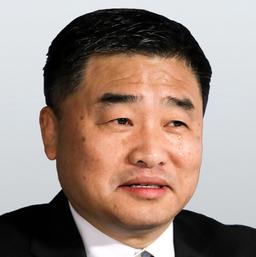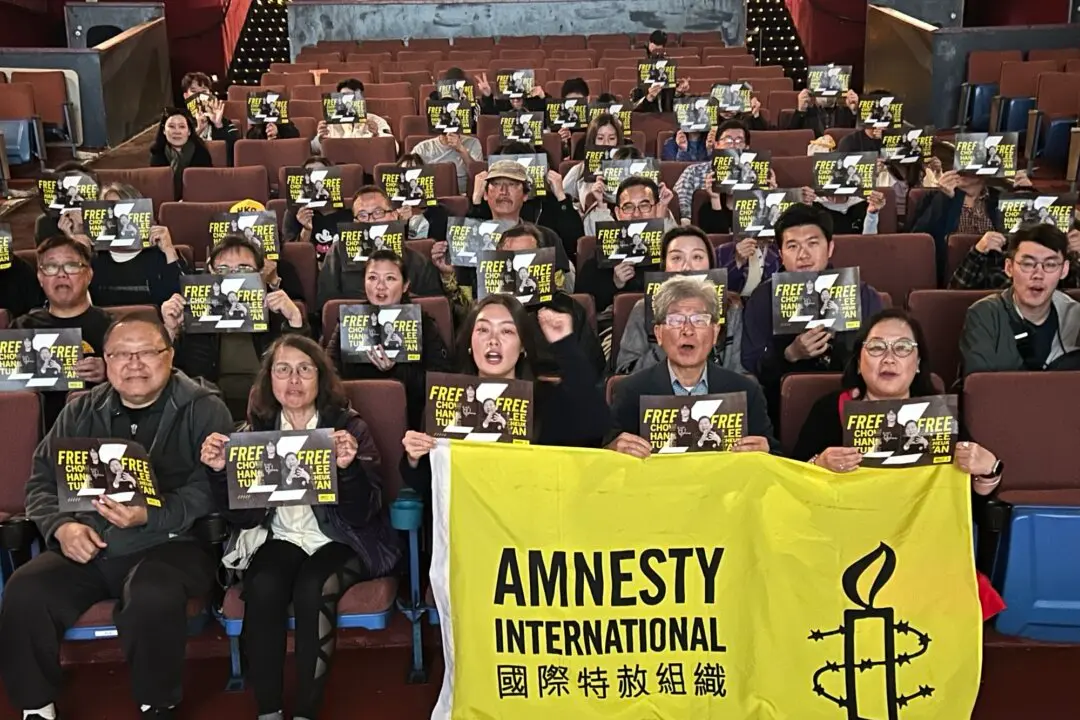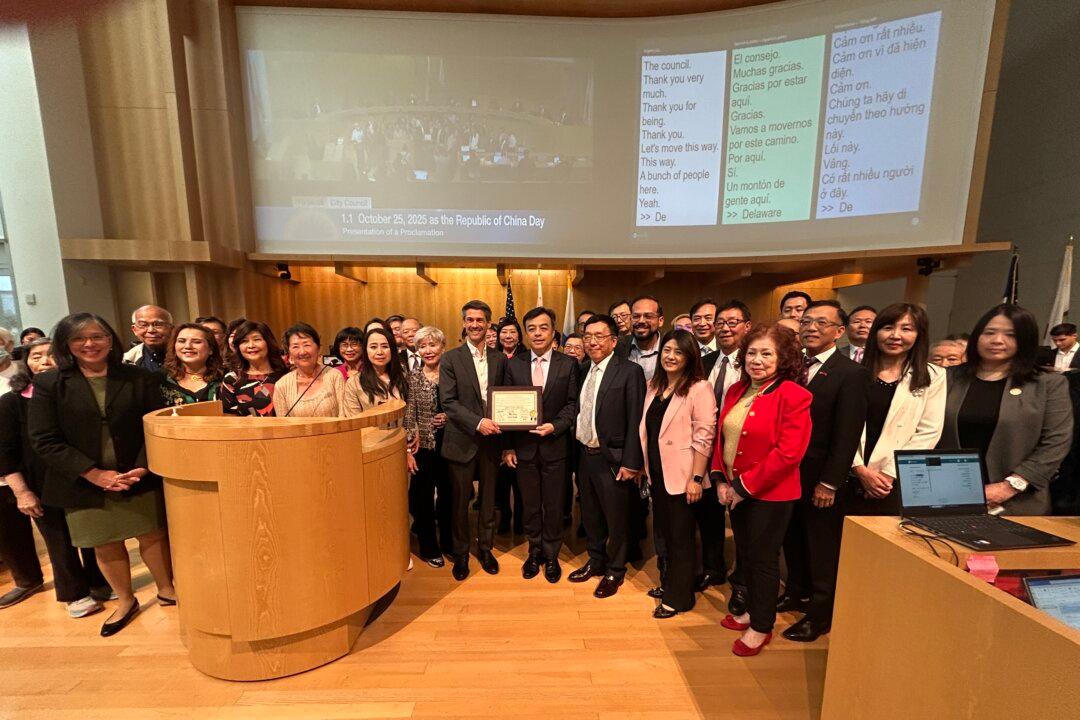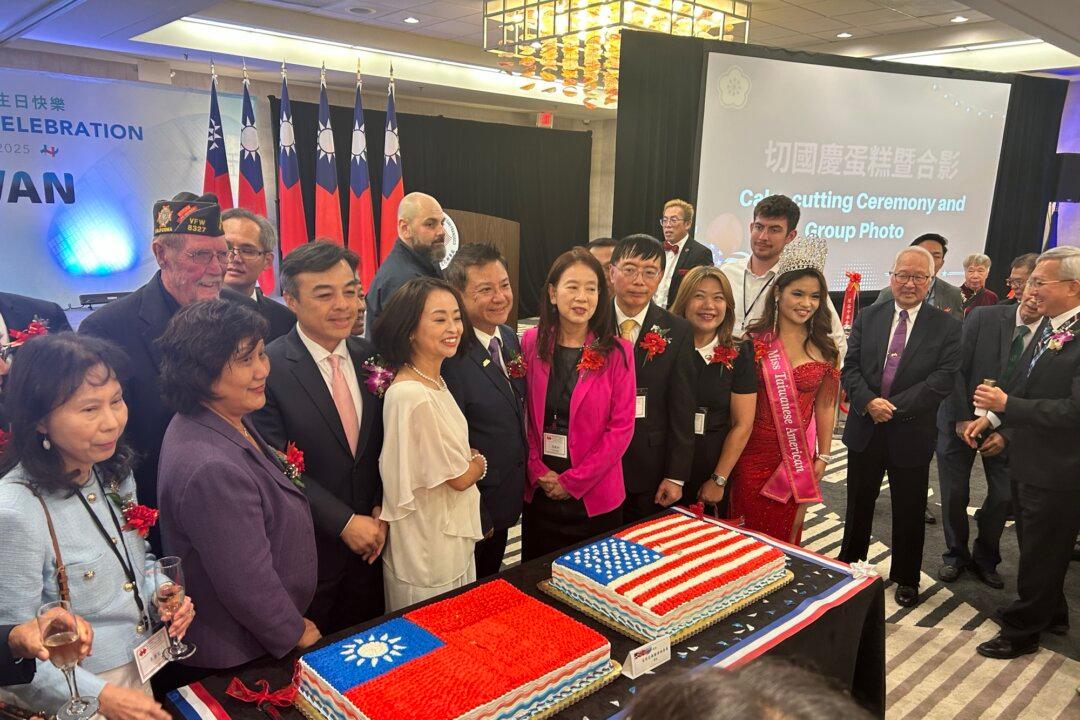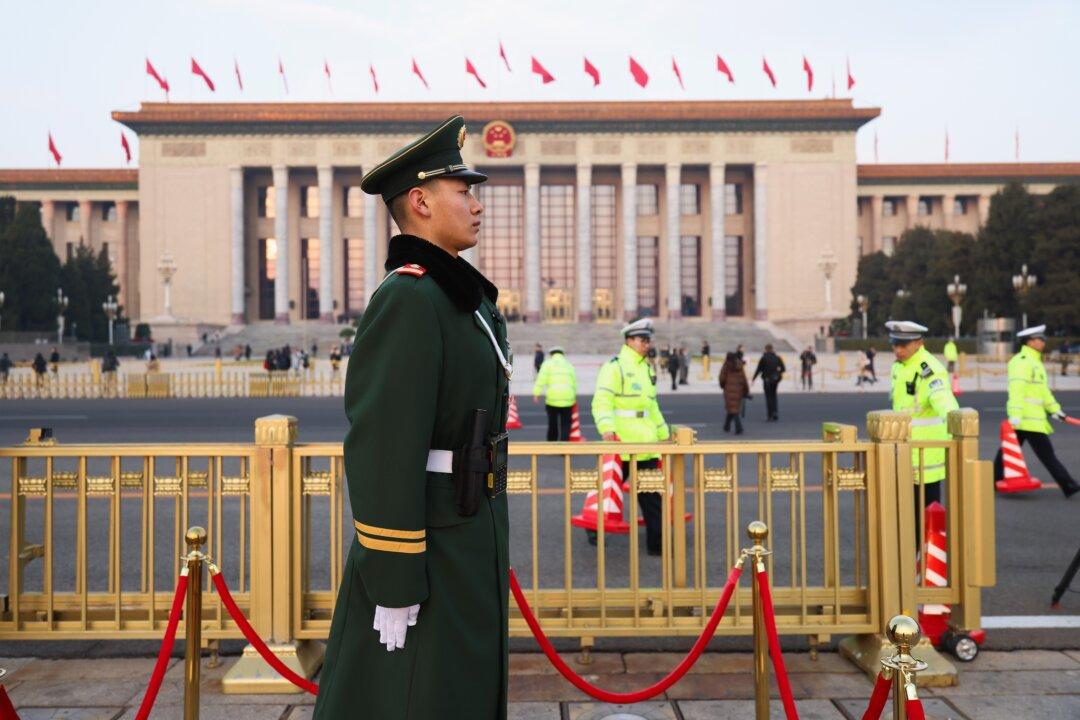Chinese all around the world are sending pain and fever relief medicine to mainland China despite the country being the world’s largest manufacturer of the non-prescription drugs.
China supplies about one third of the world’s Ibuprofen, which along with other fever and pain medicines, is in short supply now due to the current COVID outbreak in China. The shortages are putting a strain on Chinese residents.

